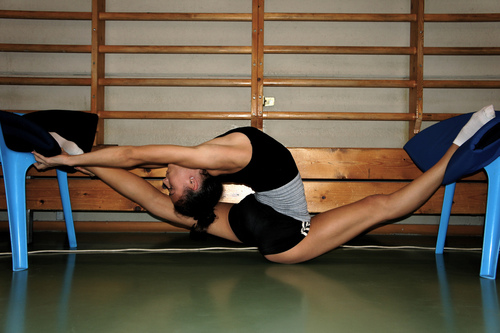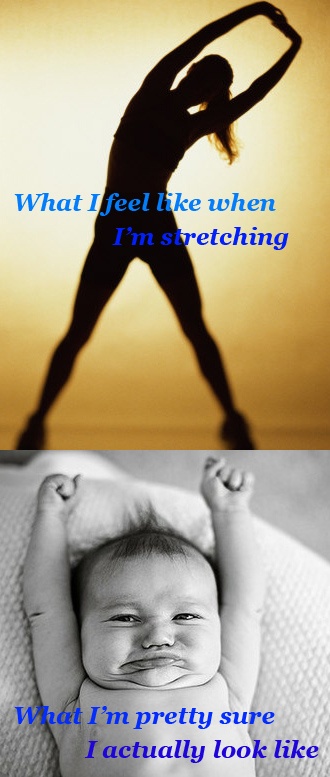There’s been a lot of talk about splits and flexibility in general on this blog, including a post on is there a such thing as too much flexibility as well as a stretching series with its first post on increasing back flexibility (and hopefully we’ll have more posts in this series soon by Caysie!).
Personally, I’ve kind of put stretching specifically for splits on the backburner, and I’ve recently adapted more of an injury prevention and working towards generally increasing my flexibility instead of stressing my splits, because things like my back tend to get ignored when I’m focused on splits. So I’ll be working on more general stretching for awhile until I get my way back to the splits.
But for when I do, I’m researching different methods to stretching. There’s a lot of different tips out there (many of which contradict others) such as stretch everyday, stretch every other day, stretch in short bursts throughout the day, etc. I even found this fairly lengthy split stretching guide–that I’m thinking about trying out.There’s just so much information out there that kind of makes my head spin.
What have you found works best for you to increase your flexibility?








